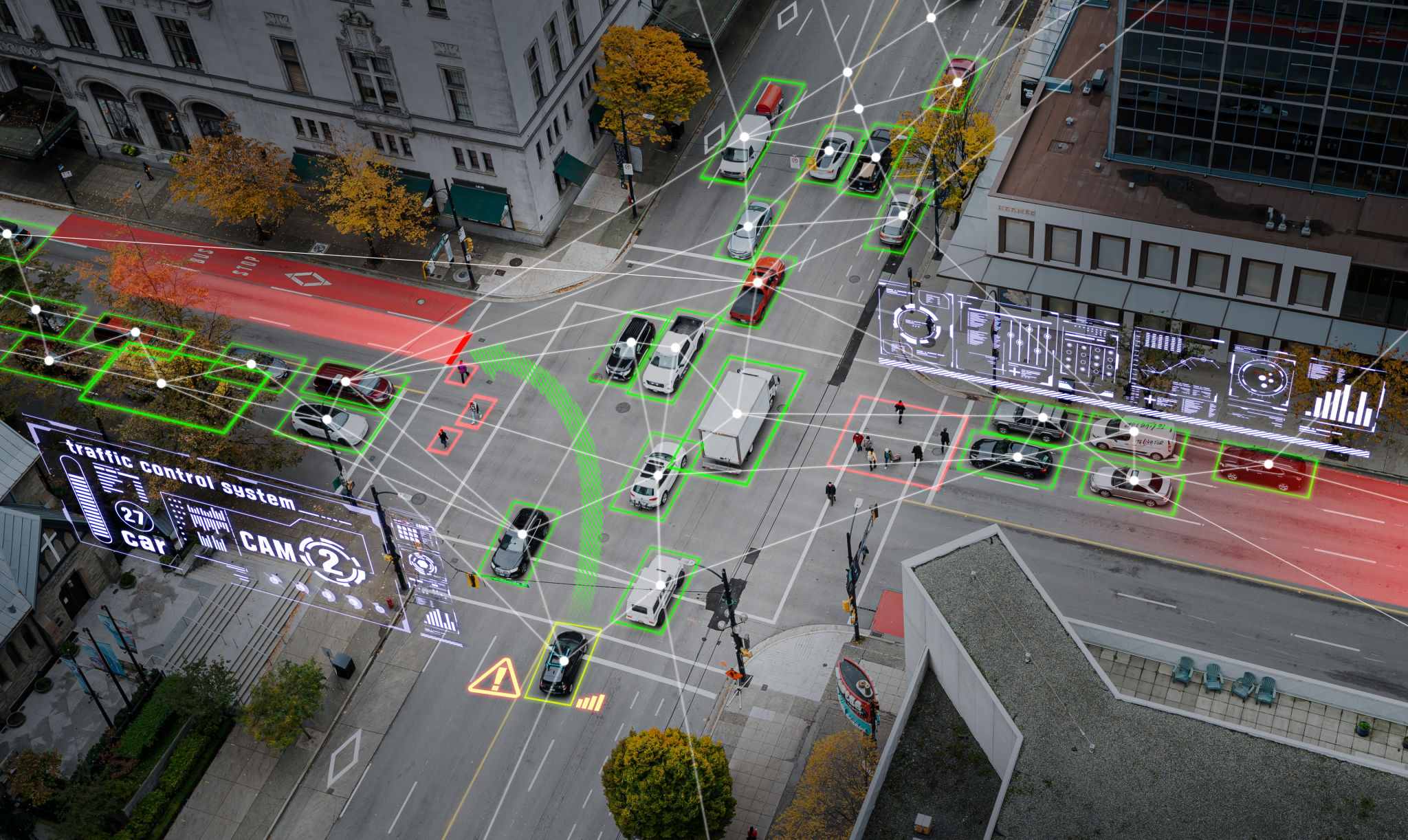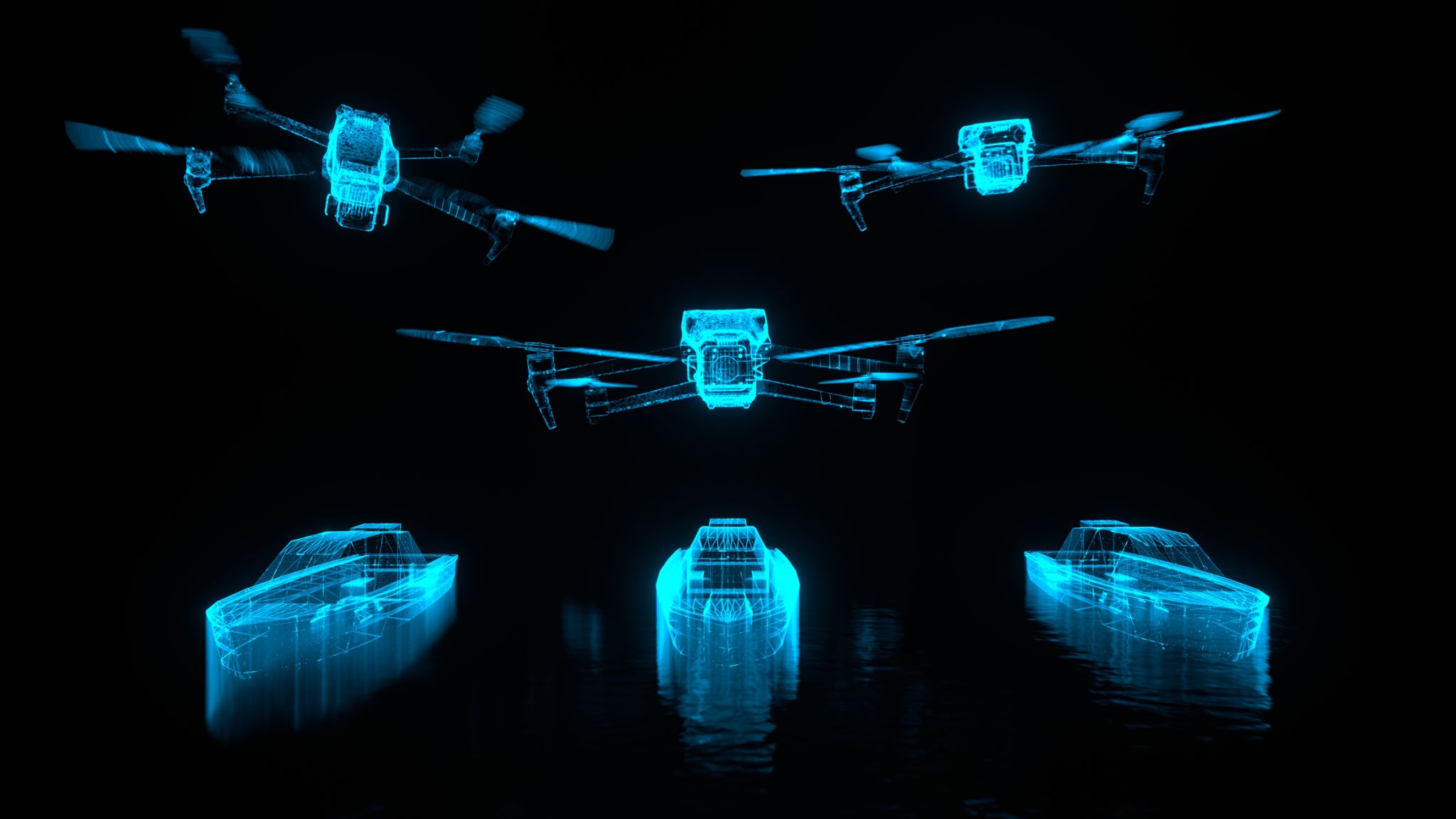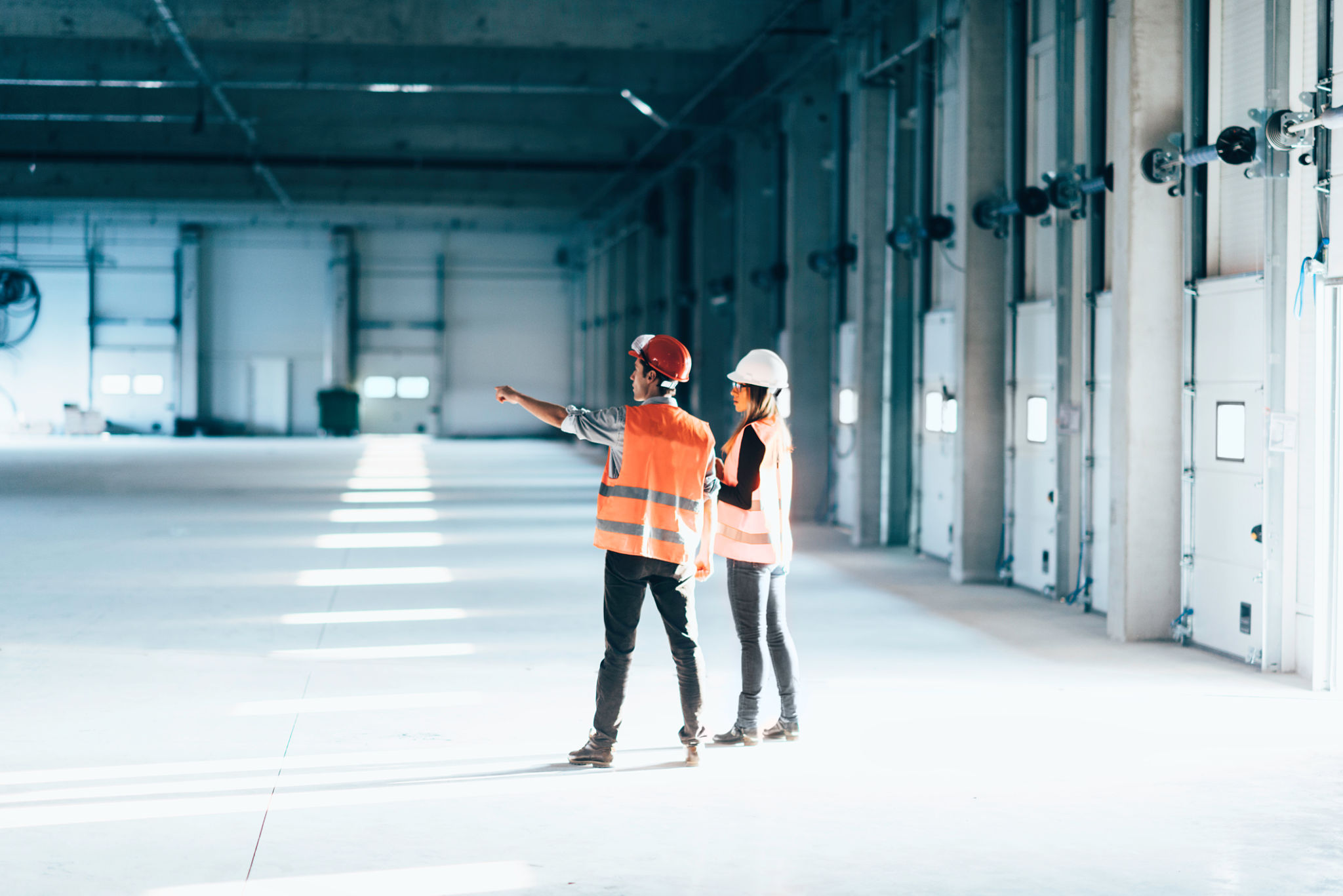How AI-Powered Drones Revolutionize Infrastructure Inspections
Introduction to AI-Powered Drones in Infrastructure
In the realm of infrastructure inspections, the advent of AI-powered drones has marked a significant transformation. These innovative tools are now at the forefront of conducting detailed and efficient inspections across various sectors. From bridges to pipelines, the integration of artificial intelligence with drone technology is enhancing the accuracy and speed of assessments, offering a glimpse into the future of infrastructure management.
Traditional methods of inspection often involve significant human labor, time, and cost. However, with AI-powered drones, these challenges are being efficiently addressed. These drones are equipped to capture high-resolution images and videos, which can then be analyzed using advanced algorithms to detect faults and potential issues.

How AI Enhances Drone Capabilities
The integration of AI into drones has enabled them to perform complex tasks autonomously. With machine learning algorithms, drones can now identify patterns and anomalies that might indicate structural weaknesses or damage. This capability allows for proactive maintenance, reducing the risk of catastrophic failures.
Moreover, AI enhances the data processing capabilities of drones. By processing vast amounts of data in real-time, these drones can provide immediate feedback on the condition of infrastructure. This real-time analysis is crucial for timely decision-making and efficient resource allocation.

Benefits of AI-Powered Drones for Infrastructure Inspections
The use of AI-powered drones in infrastructure inspections offers numerous benefits:
- Cost Efficiency: Reducing the need for expensive equipment and labor-intensive processes.
- Safety: Minimizing human exposure to hazardous environments.
- Precision: Providing highly accurate and detailed reports.
- Speed: Accelerating the inspection process significantly.
Case Studies: Successful Implementations
A number of industries have already adopted AI-powered drones with remarkable success. For example, in the energy sector, companies use these drones to inspect wind turbines and solar panels, identifying issues that could potentially lead to energy loss.
Similarly, in urban infrastructure, city planners employ drones for inspecting bridges and roads. These inspections help in identifying wear and tear early, allowing for timely repairs that prevent costly replacements.

Challenges and Future Prospects
While the benefits are clear, the adoption of AI-powered drones is not without challenges. Regulatory hurdles, privacy concerns, and the need for skilled operators are some of the issues that industries face. However, ongoing advancements in technology and policy are gradually overcoming these barriers.
The future prospects are promising as AI technology continues to evolve. With further advancements, we can expect even greater autonomy and intelligence from drones, making them an indispensable tool in infrastructure inspections worldwide.
Conclusion: The Path Forward
AI-powered drones are undoubtedly revolutionizing the way infrastructure inspections are conducted. By enhancing efficiency, safety, and accuracy, they are paving the way for a more resilient and well-maintained infrastructure system. As technology advances, their role is set to become even more pivotal, driving innovations that will shape the future of urban development and maintenance.
